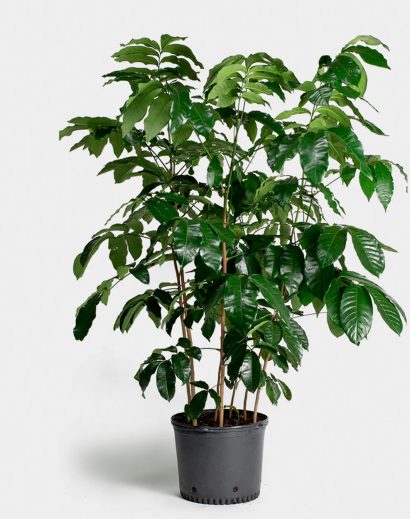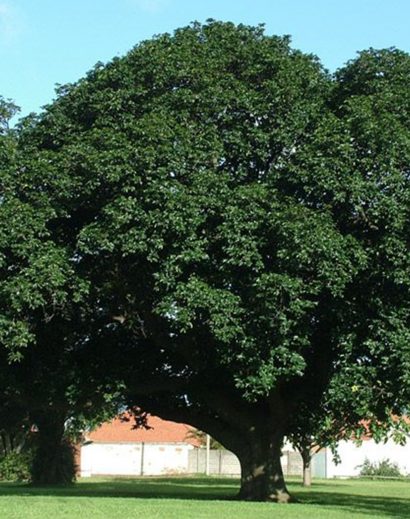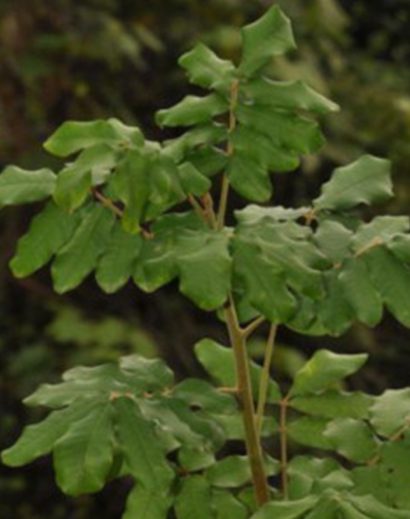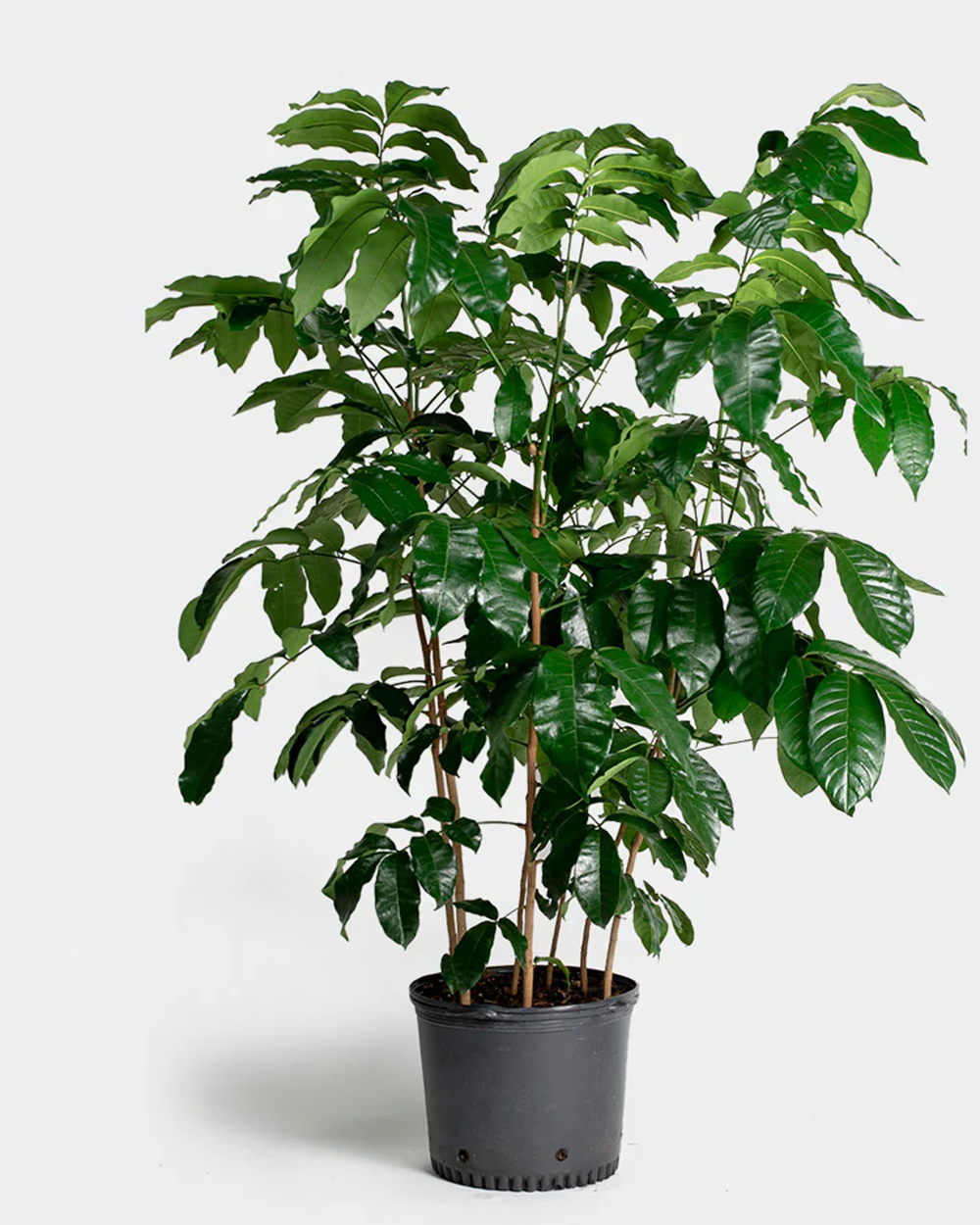Mahogany is a hardwood known for its exceptional beauty, durability, and versatility. It has been highly valued in woodworking for centuries and is often considered one of the premier choices for fine furniture, cabinetry, musical instruments, and decorative finishes. Here is a description of Mahogany wood:
- Color and Appearance:
- Mahogany wood typically has a rich, reddish-brown to deep reddish-brown color. The hue can vary somewhat depending on the specific species and growing conditions, but it generally exhibits a warm and inviting appearance.
- One of the standout features of Mahogany is its lustrous finish, which can have a silky, straight grain pattern with a consistent texture. This quality contributes to its popularity in fine woodworking.
- Durability:
- Mahogany is prized for its durability and resistance to decay and rot. It’s considered a hardwood, which means it’s harder and more resistant to wear and tear than softwoods like pine or cedar.
- Workability:
- Mahogany is known for being relatively easy to work with. It has excellent machining properties and is known for its ability to hold intricate details and sharp edges when carved or shaped.
- It can be planed, sawed, routed, and sanded with ease, making it a favorite among woodworkers.
- Stability:
- Mahogany tends to be stable and less prone to warping or twisting compared to some other woods, making it a suitable choice for furniture and cabinetry where dimensional stability is crucial.
- Uses:
- Mahogany is highly sought after for crafting fine furniture, including tables, chairs, cabinets, and veneers.
- It’s commonly used in the construction of musical instruments, such as pianos, guitars, and violins, due to its excellent acoustic properties.
- Boat builders often choose Mahogany for its resistance to water and durability in marine environments.
- It’s used for decorative moldings, paneling, and high-end interior finishes.
- Mahogany is also used in the manufacturing of doors and window frames.
- Sustainability:
- It’s essential to note that Mahogany has faced issues related to deforestation and overharvesting in some regions. To promote sustainable forestry, it’s crucial to source Mahogany from responsibly managed forests or certified sustainable sources.
It’s worth mentioning that Mahogany can refer to several species within the Swietenia genus, with Swietenia macrophylla (commonly known as Honduran Mahogany or Genuine Mahogany) and Swietenia mahagoni (commonly known as West Indian Mahogany) being among the most well-known and valued for their woodworking qualities. When using or purchasing Mahogany wood, it’s essential to identify the specific species to ensure it meets the desired quality and ethical standards.





Reviews
There are no reviews yet.